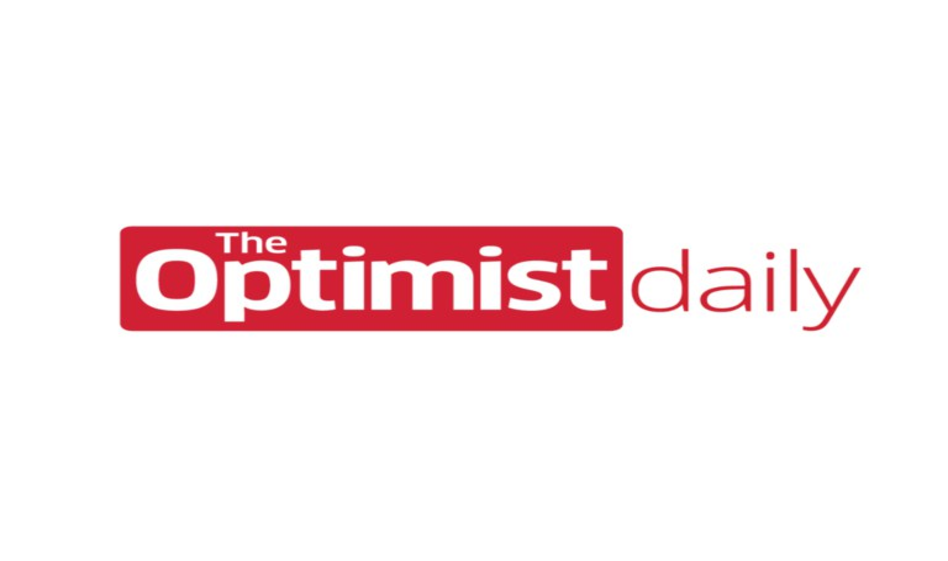26-year-old Carlos Doviaza is a self-taught cartographer, but his maps are making a real impact among indigenous communities in Panama. An indigenous person himself, Doviaza feared that these communities, which make up 12 percent of Panama’s population, would be disproportionately affected by the pandemic, so he set to work creating resources to help.
In partnership with the Rainforest Foundation, Doviaza created an interactive online map that overlays the daily reported number of Covid-19 cases with the locations of indigenous communities. Many indigenous communities closed their borders to slow the spread of the virus, so the map also displays what resources each community needs and where different organizations are offering help.
As many of these communities rely on selling local goods, national shutdowns essentially eliminated any source of income in indigenous groups where the World Bank reports that 90 percent of residents already live below the poverty line.
This isn’t the first time Doviaza’s maps have been used to advocate for indigenous communities. He has been traveling around the country, mapping indigenous lands since 2015. Community leaders have used his cartography to resolve territorial disputes with encroaching ranchers and request land recognition from the state. Rey Reynaldo Santana, leader of the Naso, used Doviaza’s maps to win a 50-year-long judicial fight for official recognition from the state.
Doviaza also launched Geo Indigena, a platform that teaches youth in villages how to use GPS and smartphones to practice cartography themselves.
His maps not only allow community members to monitor the situation but also allow organizations to provide more aid to indigenous communities. Beatriz Schmitt, national coordinator of the small donations programs at the United Nations Development Program in Panama told NPR, “The map was ideal because it not only shows the COVID-19 data but all the structural information you need to face the crisis there.”
Image source: Rainforest Foundation











